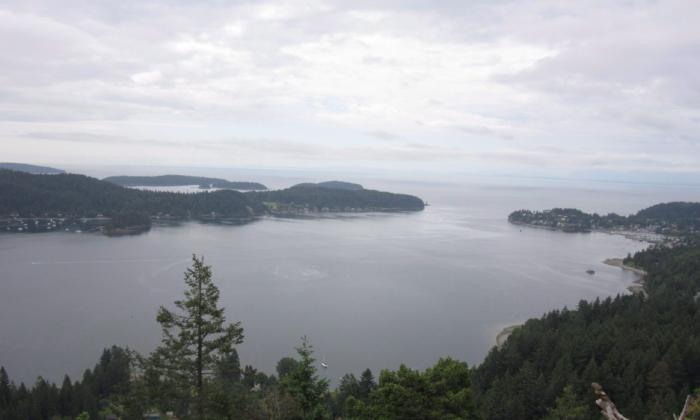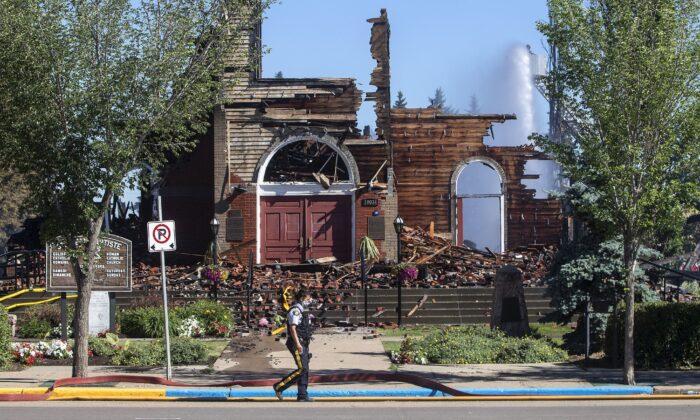As British Columbia struggles with droughts across much of its territory, water conservation experts say the province could learn many lessons from the drought-prone U.S. state of California.
“We always talk about community and what everybody can do to pitch in and help out. ... Those who are [water] super-savers, we congratulate them and tell them to continue doing the same,” he told The Epoch Times. “Those customers that use a bigger amount [of water], we try to work with them.”
B.C. Emergency Management Minister Bowinn Ma said during a press conference on July 17 that while it was not uncommon for the province to face droughts, the level and extent of the drought being seen so early in the season was “deeply concerning.”
According to Mr. Bohlig, after decades of droughts, California residents have gotten “very good” at responding to calls from municipalities to use less water.
‘Immediate and Comprehensive’ Actions
Hossein Bonakdari, an associate professor at Ottawa University’s faculty of engineering, said the province of B.C. has recently taken some steps to address the drought’s negative impacts, such as expanding water suspensions for certain industries. Back in May, the B.C. Energy Regulator required oil and gas operators to immediately suspend previously approved water diversions under Section 10 of the province’s Water Sustainability Act.While Mr. Bonakdari said the government’s actions were “commendable,” it is clear that more “immediate and comprehensive” actions are required to address the drought’s severity effectively, such as implementing water conservation campaigns, promoting sustainable water management practices, investing in water infrastructure projects, and implementing policy framework and orders that prioritize water conservation measures.
The province should also increase its water storage capacity by expanding its above-ground storage facilities and constructing underground storage systems such as aquifer storage and recovery projects, Mr. Bonakdari said.
B.C. should also fast-track groundwater recharge projects that replenish depleted aquifers during periods of drought, he said. The province can “identify suitable areas for groundwater recharge, invest in infrastructure for artificial recharge, and incentivize practices that enhance natural recharge processes,” Mr. Bonakdari said.
Other Measures
Andrea Pook, a senior public affairs representative at East Bay Municipal Utility District in California, shared a number of elements of their strategy to deal with the issue.
Pook said the public utility district diversified its source of water, as it determined it was overreliant on the Mokelumne River for water. “We made the decision to diversify ... our water supply portfolio.”
Beside that, “conservation ... plays a very big part in managing our supply, as we use other things such as water transfers and recycled water,” she told The Epoch Times.
“It was quite amazing to see how much water people conserved during this last drought. It was very significant compared with our purchased water supplies.”




